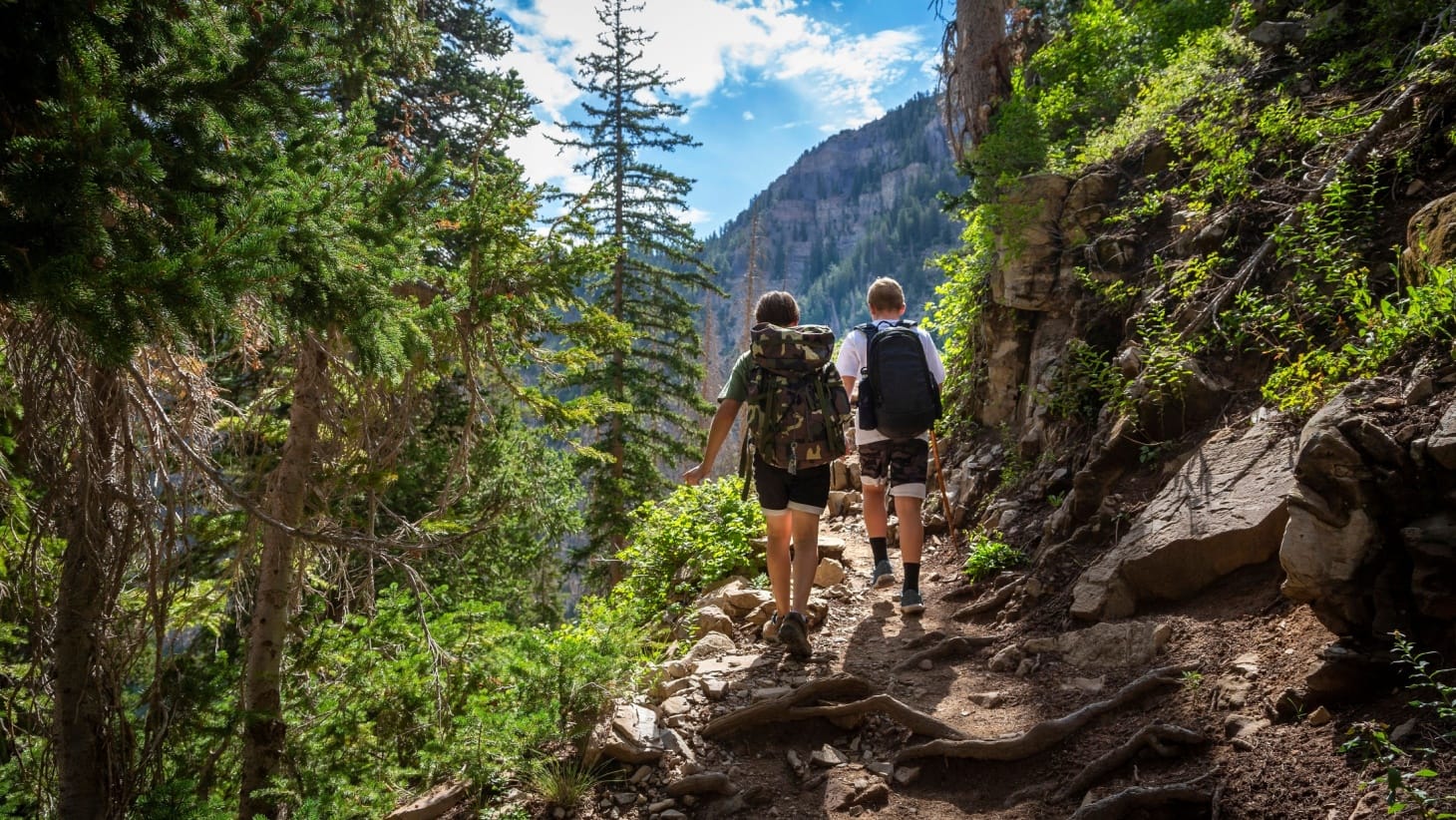Planning the perfect outdoor adventure is all about preparation, flexibility, and knowing your limits. Whether you’re gearing up for a hiking trip, a camping weekend, or a backcountry excursion, success lies in meticulous planning, from selecting the right destination to ensuring you pack appropriately for the terrain and weather. In this guide, we’ll cover essential tips and tricks to help you make your outdoor adventure safe, enjoyable, and memorable.
1. Choose the Right Destination
Your destination sets the tone for your entire adventure. Consider your fitness level, interests, and experience when selecting a location. If you’re new to outdoor activities, start with well-known trails or campsites that have amenities like restrooms and marked paths. For seasoned adventurers, remote or challenging locations may offer the thrill you’re looking for.
To make an informed decision, research the destination thoroughly. Use resources like National Park Service websites for information about trails, camping regulations, and seasonal considerations. Additionally, check reviews from other travelers to get a realistic picture of what to expect.
2. Plan Your Itinerary
A well-thought-out itinerary keeps you organized and ensures you can make the most of your time outdoors. Break your trip into manageable segments, including activities, rest periods, and meal times. Be realistic about how much you can accomplish in a day, especially if your adventure involves physically demanding activities like hiking or kayaking.
Here’s what your itinerary should include:
- Start and end times for each day’s activities.
- Backup plans in case of weather changes or unforeseen challenges.
- Estimated distances, elevations, and expected durations for hikes or activities.
- Contact information for emergency services and nearby facilities.
3. Pack the Essentials
Packing can make or break your outdoor adventure. The right gear ensures safety and comfort, so it’s crucial to strike a balance between bringing what you need and avoiding unnecessary weight.
Must-Have Items:
- Navigation tools: Maps, GPS devices, or a reliable app like AllTrails.
- Weather-appropriate clothing: Layers that can be added or removed as conditions change.
- Food and water: Enough for the duration of your trip, plus extra for emergencies.
- Safety gear: A first-aid kit, flashlight, multi-tool, and fire-starting equipment.
- Shelter: A lightweight tent, sleeping bag, or bivy sack for overnight trips.
When packing, consider the Leave No Trace principles, which emphasize minimizing your impact on the environment. Avoid disposable items and plan to carry out all trash to protect the natural beauty of the area.
4. Stay Informed About Weather
Weather conditions can make or break an outdoor adventure. Before heading out, monitor forecasts using trusted sources like the National Weather Service. Check for changes in temperature, precipitation, and wind patterns, and be prepared to adjust your plans accordingly.
It’s also important to understand how weather can vary by region. Mountainous areas, for instance, are known for rapid changes in conditions, so pack layers and waterproof gear even if the forecast looks clear.
5. Prioritize Safety
Safety should always be your top priority. Here’s how to stay prepared and mitigate risks during your adventure:
- Inform someone of your plans. Share your itinerary with a friend or family member and check in once you return.
- Carry a first-aid kit. Ensure it’s stocked with essentials like bandages, antiseptics, and medications.
- Understand local wildlife. Learn how to avoid dangerous encounters, such as keeping food stored properly to deter bears.
- Stay hydrated and fueled. Dehydration and hunger can lead to fatigue and poor decision-making, so take regular breaks to eat and drink.
6. Be Flexible and Prepared for the Unexpected
Even the best-laid plans can go awry. Weather, injuries, or unexpected obstacles can disrupt your itinerary, so it’s essential to remain adaptable. Bring a charged phone or a satellite communication device for emergencies, and always have a backup plan in case your original route becomes impassable.
Consider taking a wilderness safety course to better equip yourself for unexpected situations. Organizations like the Red Cross offer training on first aid and survival skills, which can be invaluable in an emergency.
7. Embrace the Experience
Planning is important, but the essence of a perfect outdoor adventure lies in enjoying the journey. Take time to immerse yourself in nature, unplug from digital distractions, and connect with your surroundings. Whether you’re gazing at a stunning sunset, listening to the rustling leaves, or conquering a challenging trail, these moments are what make outdoor adventures unforgettable.
Final Thoughts
Planning the perfect outdoor adventure doesn’t have to be overwhelming. By choosing the right destination, packing wisely, and prioritizing safety, you can ensure your trip is both enjoyable and memorable. Always stay informed about your environment and prepare for the unexpected, so you can focus on making the most of your time outdoors.
With careful preparation and an open mind, every outdoor adventure has the potential to become a cherished story you’ll share for years to come.

